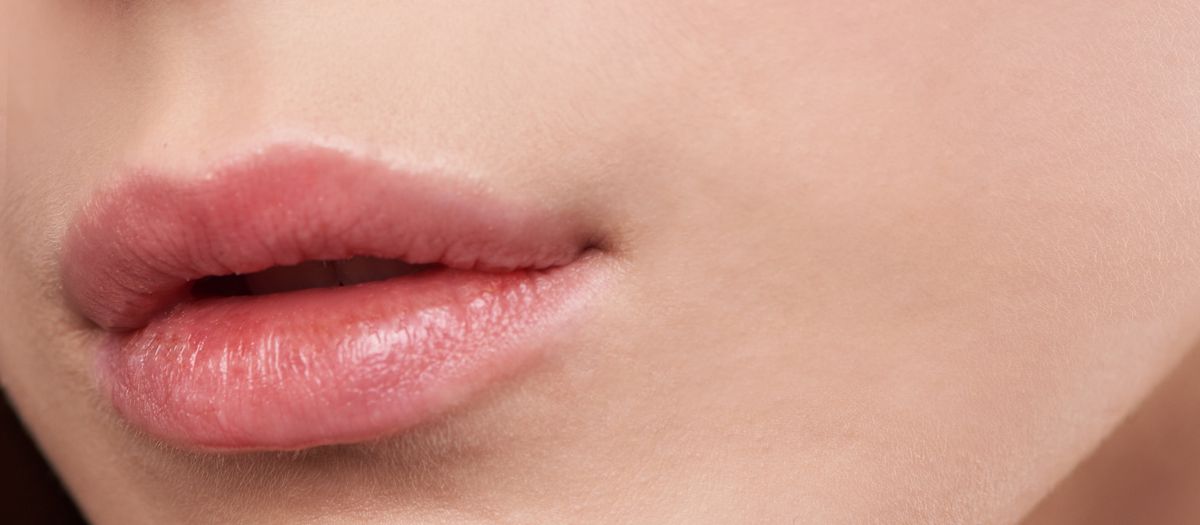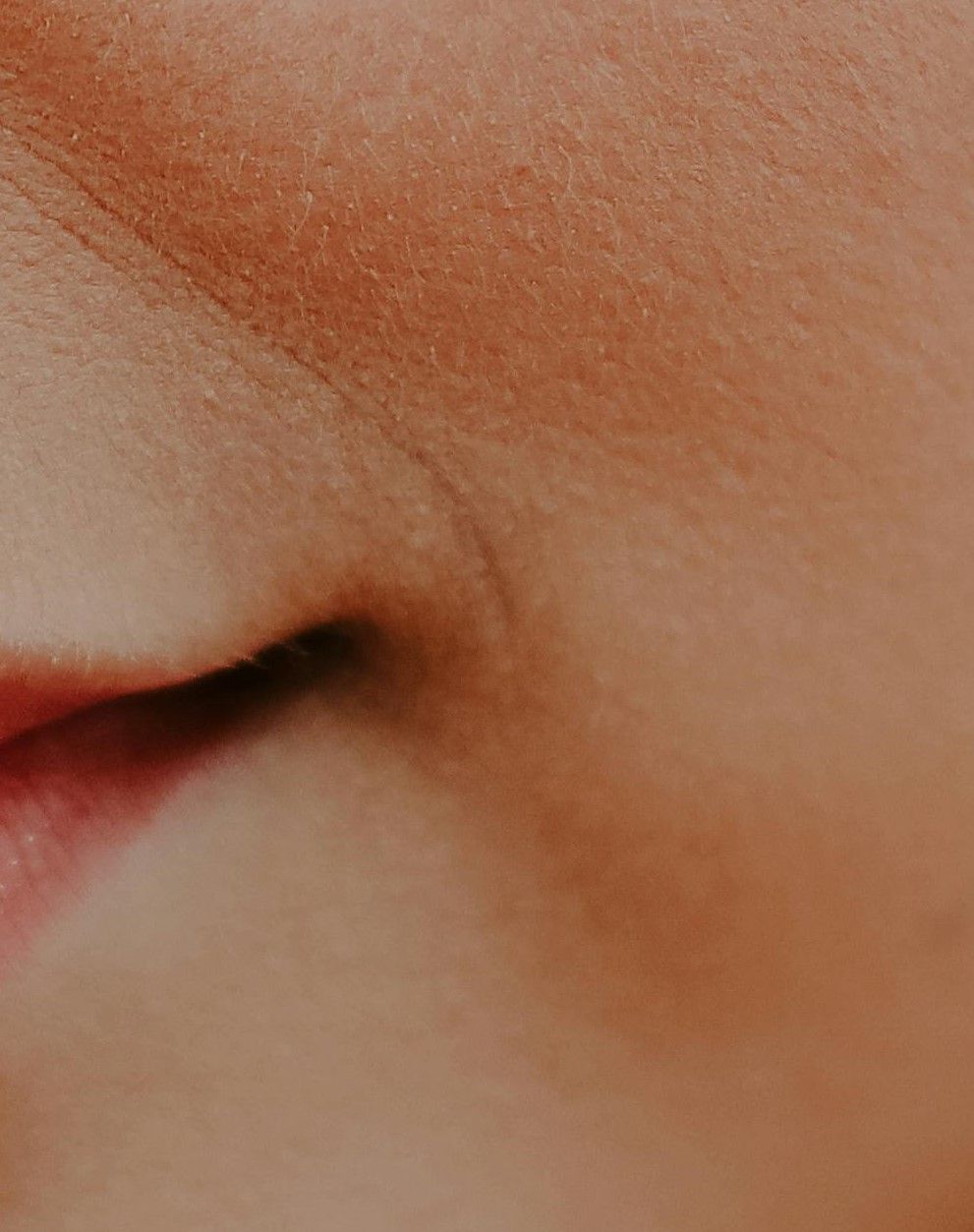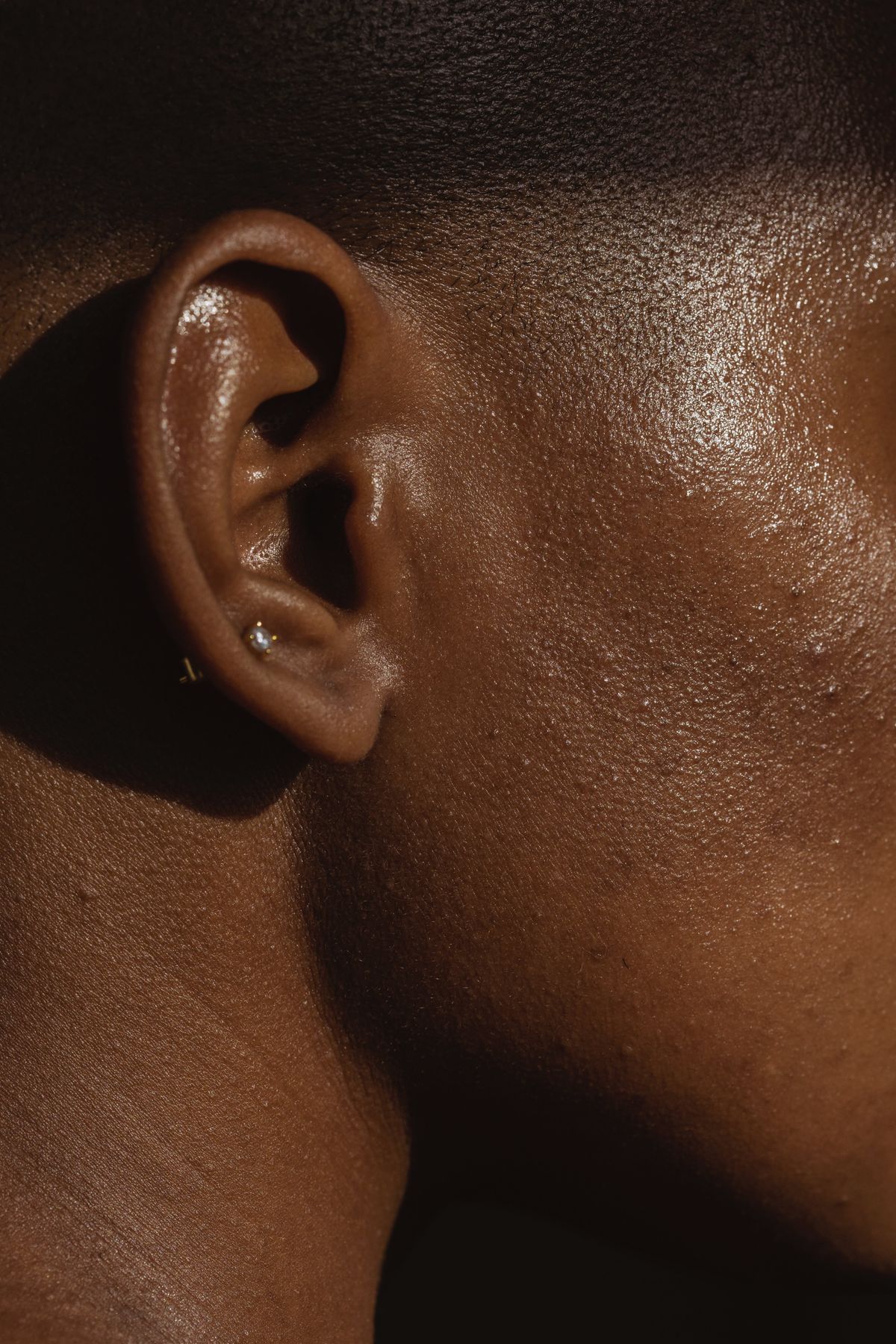
Lip Lift versus Lip Filler
Have you wondered whether placement of hyaluronic acid filler such as Restylane© in the lips can impart a more voluminous and youthful appearance to your lips? Have you wondered how this compares with a surgical lip lift? The lip lift is a procedure that can be performed under local anesthesia or IV sedation to address specific aesthetic concerns of the lip that lip filler cannot. It is important...








